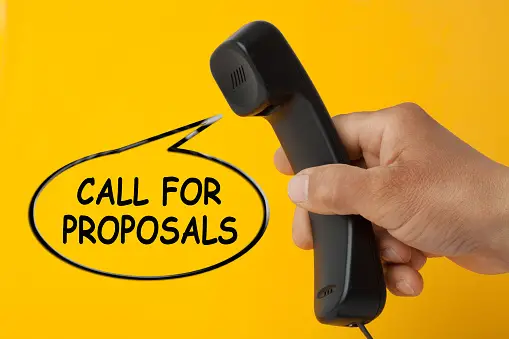This article provides you with guideline on how to fill out your online grant application. Nowadays, a lot of grant making organizations no longer accept grant proposals on paper (hardcopies) or even over email (softcopies). Instead, they request that you digitally submit all of your information using an online application form. These forms are made to save funders’ time and make it simpler for them to contrast and compare the various applicants.
The following Guidelines will help you when filling out your online grant application;
- Avoid filling it out the requested questions directly online. As an alternative, copy and paste every question from the form into a word processor. This will safeguard your work as you finish the application. When you’re ready to submit the form, copy your responses into it and paste them. Don’t forget to save your responses in advance. After you submit most forms, you won’t receive your response, and you might need that data later. All of your work is lost if your internet goes down, you mistakenly close the wrong tab, your computer resets for crucial upgrades, etc. In addition, the majority of forms simply offer very rudimentary grammatical and spelling checks.
- Critically examine the questions stated on the application form. Don’t be in a hurry to answer or respond. Don’t forget to pay attention to the word count as well. There is typically a minimum-maximum characters setting for each text box. Usually, the donor will give more room for the answer the more significant the question is to them.
- Watch Your Formatting. The majority of web forms only take plain text, therefore you are unable to change the text’s size, color, font, spacing, etc. You won’t even be able to utilize boldface or hyperlinks on some forms. Sometimes there are problems when pasting formatted content into a form that doesn’t support formatting. This can result in unintentionally entering extra characters, unusual spacing, or pieces of code into your online application. Always check the finished product after copying and pasting to make sure no errors remain.
- Minimize Technical Error on your end like the technological tools you use. Make sure your browser is up to date, and experiment with a few different ones to discover which one works best. Do not rapidly click buttons or give contradictory orders, even if the connection is slow (for example, do not click “back” after pressing “next”). Be patient; when numerous users attempt to view the same page at once, these forms can become slower.
You should alert the donor if you discover a technical issue, but ONLY if you are certain it is their fault and not your own. When you submit, try to be among a group of people so that they can support you if something goes wrong. If you are running out of time, having a backup computer, an internet connection, or even just another person to help can make a significant difference. - Avoid late submission: Submitting close to the deadline could be very risky. The internet always goes down or the website won’t load 10 minutes prior to the deadline. Don’t forget to submit early in case something goes wrong. Additionally, some grant reviewers claim that the earlier you apply, the better your chances are of being accepted because the reviewer’s eyes are still open and they haven’t grown weary from reading through all the submissions. Stop putting it off and enter the race now before it’s too late.




